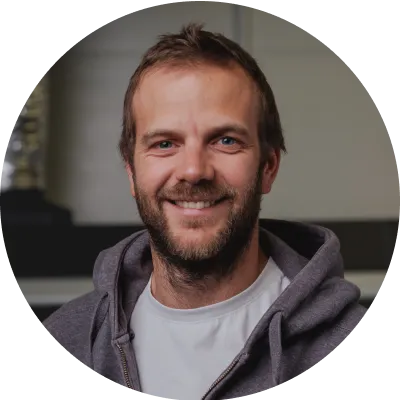Spare parts and other elements used on a mass scale in production have so far been mostly produced using machining or injection technologies. However, these technologies were often associated with problems related to delivery time and cost, which depended very much on the volume of parts ordered.
Additive technologies, especially modern 3D printing, respond to the shortcomings of these technologies and allow for cost reduction and securing the supply chain thanks to quick implementation.
The key question remains what parts in production processes can be replaced by 3D printed equivalents?
You can find the answer in the following article.
What are the advantages of 3D printing over other technologies?
Order processing time
Some of the advantages of 3D printing should be seen in the context of competing technologies, but one of the most important is very universal. It’s about lead time and the resulting ability to secure the supply chain.
3D printing on industrial scale printers HP Multi Jet Fusion has an advantage here over virtually every competing technology. The process of creating parts and the initial implementation of 3D printing in the factory is significantly shortened, e.g. due to the lack of need to create an injection mold and the higher production efficiency of printers.
Thanks to this, companies can both order parts at short notice (e.g. in case of an emergency) and plan orders well in advance, ensuring that they will arrive on time. In both cases, the company avoids the need to store parts and, therefore, the risk of losses.
The quality of parts and the ability to make changes to designs that allow you to significantly reduce further costs
When it comes to quality and design possibilities, 3D printing offers several additional advantages.
As an additive technology, 3D printing allows you to create more complex geometries and solutions that are not possible with machining and injection technologies.
An example of such a solution is the possibility of creating hollow parts or bases using the so-called honeycomb instead of a uniform part. Thanks to such solutions, you can significantly reduce the amount of material and, of course, the cost of the part.
Another example of this type of solution is the addition of inserts, hinges, and other types of movable elements, which can significantly shorten the time of further assembly or disassembly of such parts. Additive technologies also allow you to achieve this effect by creating uniform parts that would have to be joined in other technologies.
When it comes to the durability of elements and visual aspects, i.e. the finishing of elements, HP MJF technology and the material used offer wide possibilities here.
The strength of the elements can be adjusted to the needs – e.g. if a part is used on a transmission belt and must break in the event of a collision, we can adapt the design to make this happen.
Depending on the application of a given part, different types of finishing can be used:
- Chemical processing – parts visually resemble those made using injection technology
- Sandblasting – involves thorough cleaning of parts
- Staining + polyshot – a complex process combining sandblasting and dyeing parts. The result is parts with a slight shine and scratch resistance.
What aspects should you pay attention to when choosing parts for additive technologies?
As 3D printing experts, we help companies implement printing into their processes. We help companies choose those elements whose replacement with 3D printed ones will bring the greatest benefits and cost reduction.
When selecting the most suitable parts, we pay attention to various issues. Questions that are helpful in this process include:
- Which parts have the highest unit cost?
- Which parts are most likely to have problems or delays when ordering them?
- Which parts are the most geometrically complex?
- Do these elements require design changes on an ongoing basis? Are they still being improved?
Depending on the answers to these questions, we then select those parts that can be effectively replaced with 3D-printed substitutes and whose replacement will provide the greatest benefits for the customer. Then we create designs, test parts, and finally, after any final changes, we proceed to printing the actual batches.
After the first implementation, it quickly becomes clear how beneficial 3D printing is in terms of process efficiency and part quality, so customers often decide to replace more and more parts with 3D printed ones.
So if the above-mentioned problems with ensuring supply chain security are known in your company, we encourage you to contact us.


